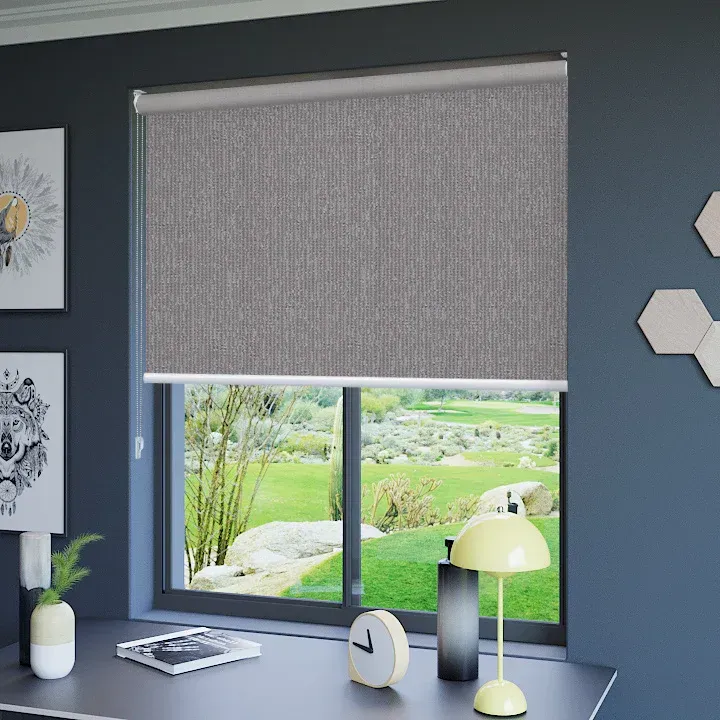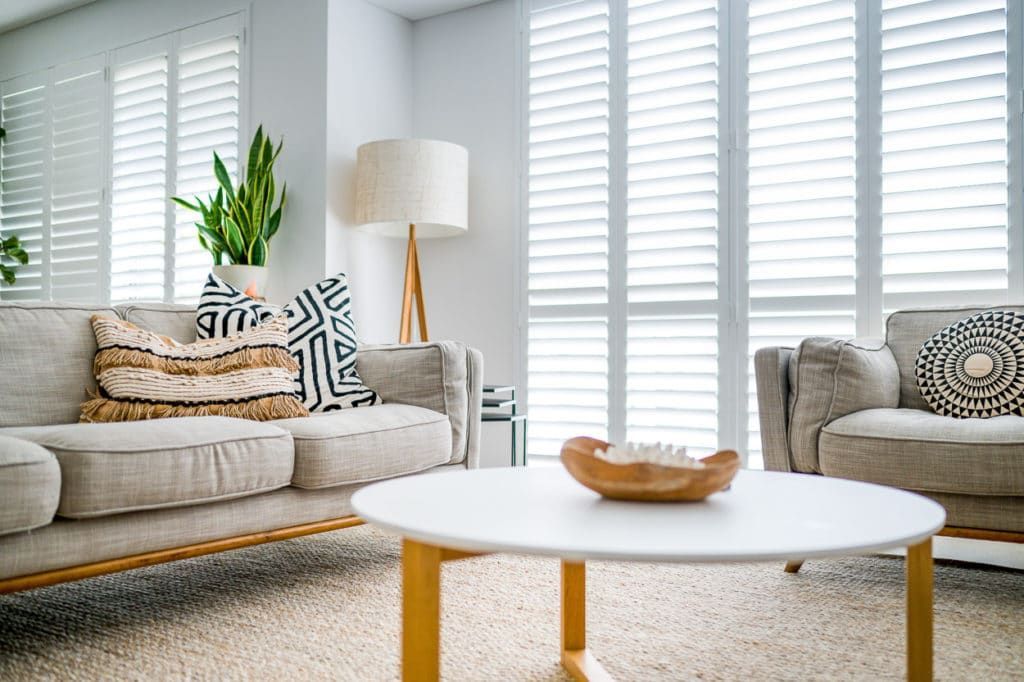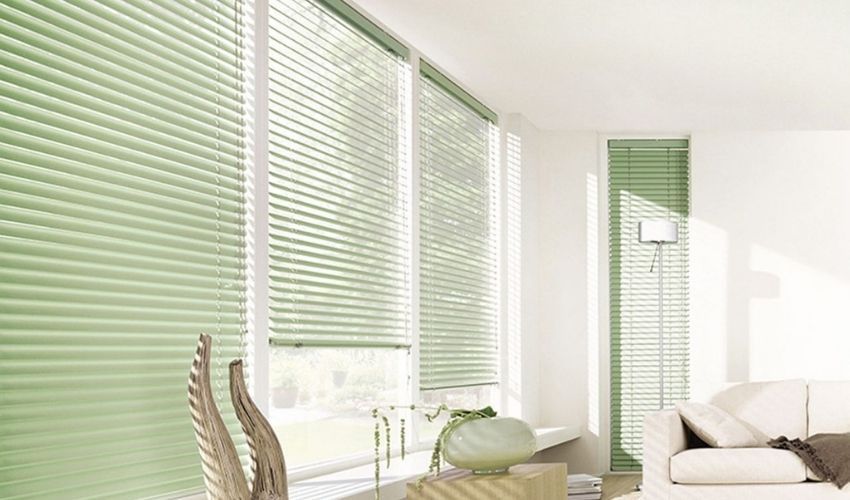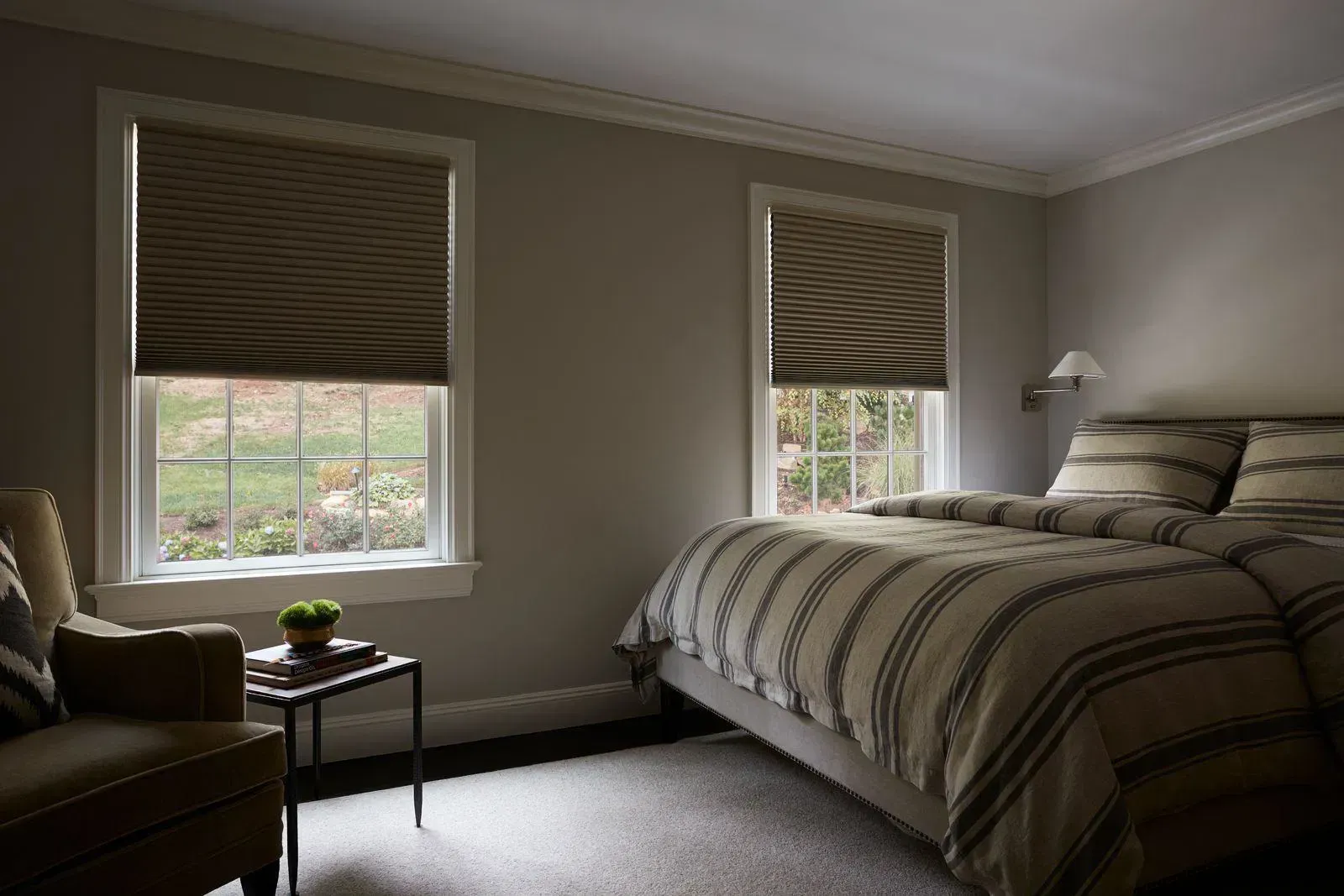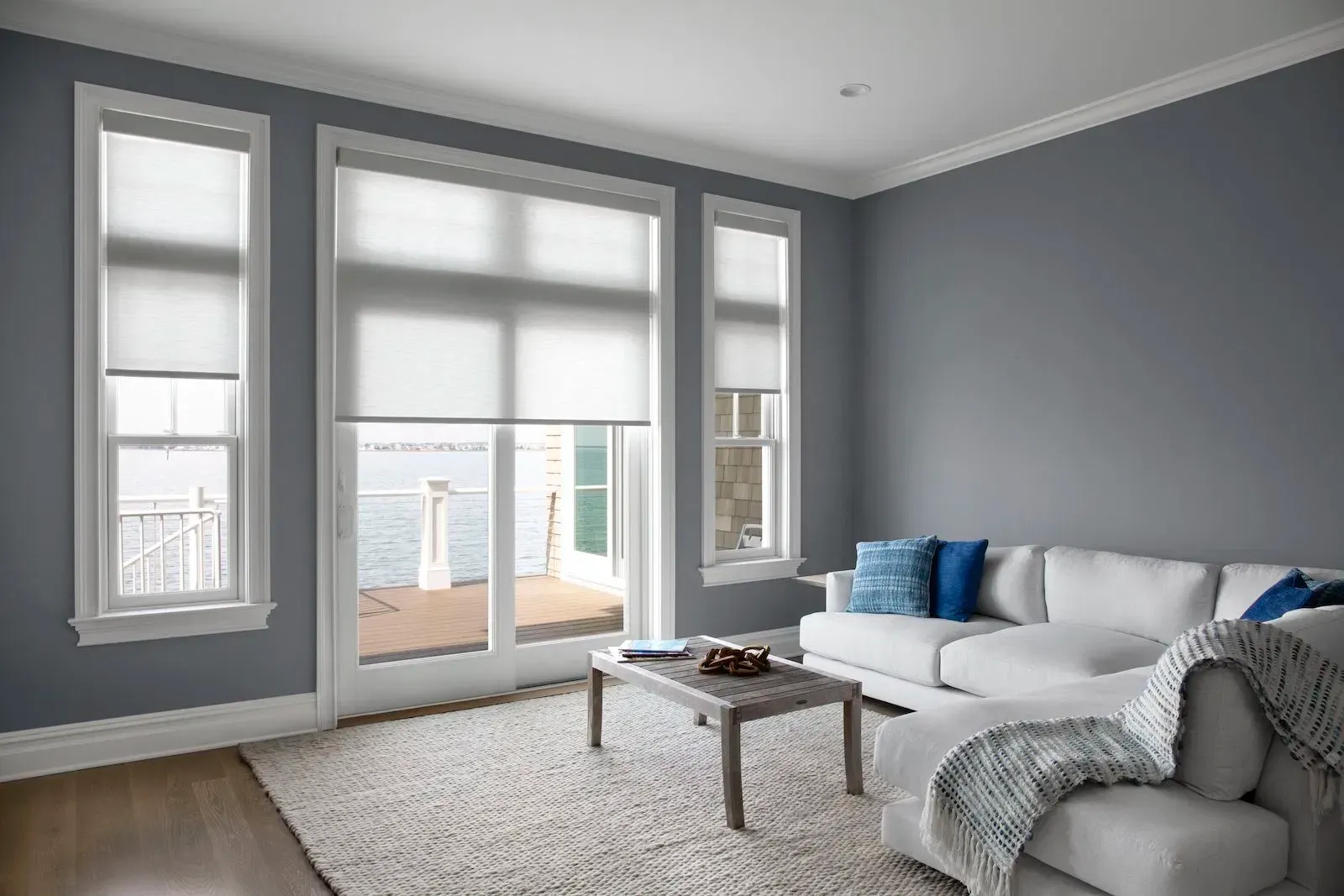How to Clean Venetian Blinds: Deep Cleaning and Maintenance
To keep your Venetian blinds looking their best, start by regularly dusting and wiping the slats to remove accumulated dirt and grime. Proper cleaning not only enhances their appearance but also ensures their functionality and longevity. Venetian blinds are a timeless addition to any home, offering both style and practicality. However, without regular upkeep, dust and stains can build up, diminishing their look and performance.
What Are Venetian Blinds Made Of?

Venetian blinds are available in a variety of materials, each with its own cleaning requirements. Aluminum and PVC blinds are popular due to their durability and resistance to moisture, making them easier to clean with water. On the other hand, wooden Venetian blinds, while elegant, require more delicate care to avoid damage. Understanding the material of your blinds is crucial for selecting the appropriate cleaning methods, as using the wrong technique can lead to warping, staining, or other damage.
How to Clean Venetian Blinds for Daily Maintenance
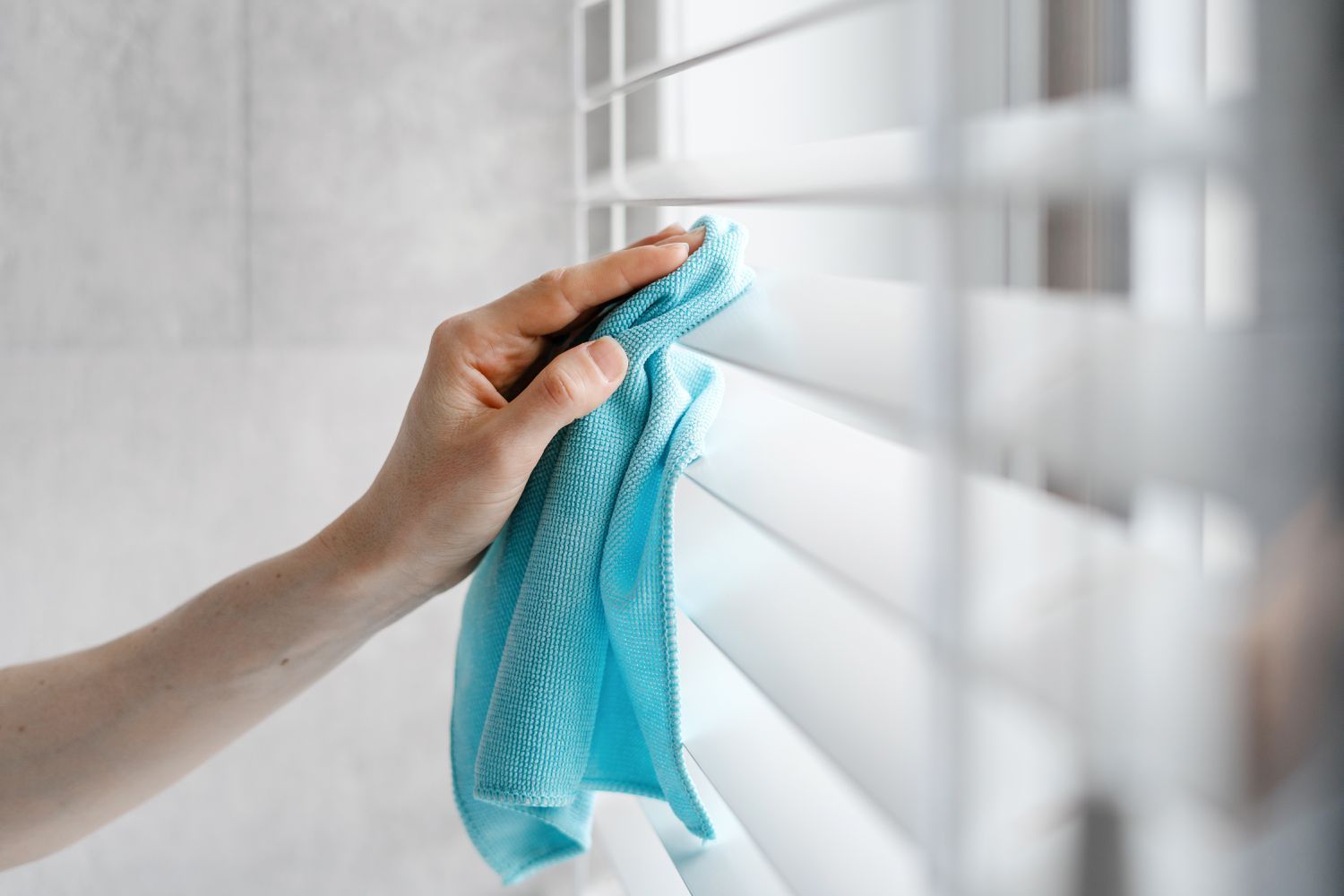
Regular light cleaning of your Venetian blinds is key to preventing dust and dirt from building up, making deep cleaning less frequent and more manageable.
Dusting Your Blinds Efficiently
For routine maintenance, dusting your Venetian blinds can be done using simple household items like a feather duster, microfiber cloth, or even an old sock. Begin at the top of the blinds and work your way down, ensuring that you clean each slat on both sides. If your blinds have wider slats, fold your cloth in half to clean both sides at once, speeding up the process and ensuring a thorough clean.
Using a Vacuum for Light Cleaning
Vacuuming is another effective method for light cleaning, particularly useful for reaching tight spaces like the headrail or the corded system of your blinds. Attach the vacuum's upholstery tool and set the suction to a low setting to avoid damaging the slats. Make sure to vacuum both sides of the slats to remove all dust and debris.
Quick Tips for Preventing Dust Build-Up
Dust accumulation can vary depending on your environment. Homes located on busy streets or with open windows may require more frequent cleaning. A good rule of thumb is to dust your blinds at least once a month, or whenever you notice dust beginning to settle. Regular dusting not only keeps your blinds looking clean but also reduces the frequency and intensity of deep cleaning sessions. For additional insights on selecting blinds that minimize dust accumulation, refer to our Dust-Friendly Window Treatments guide.
Removing Stains from Venetian Blinds
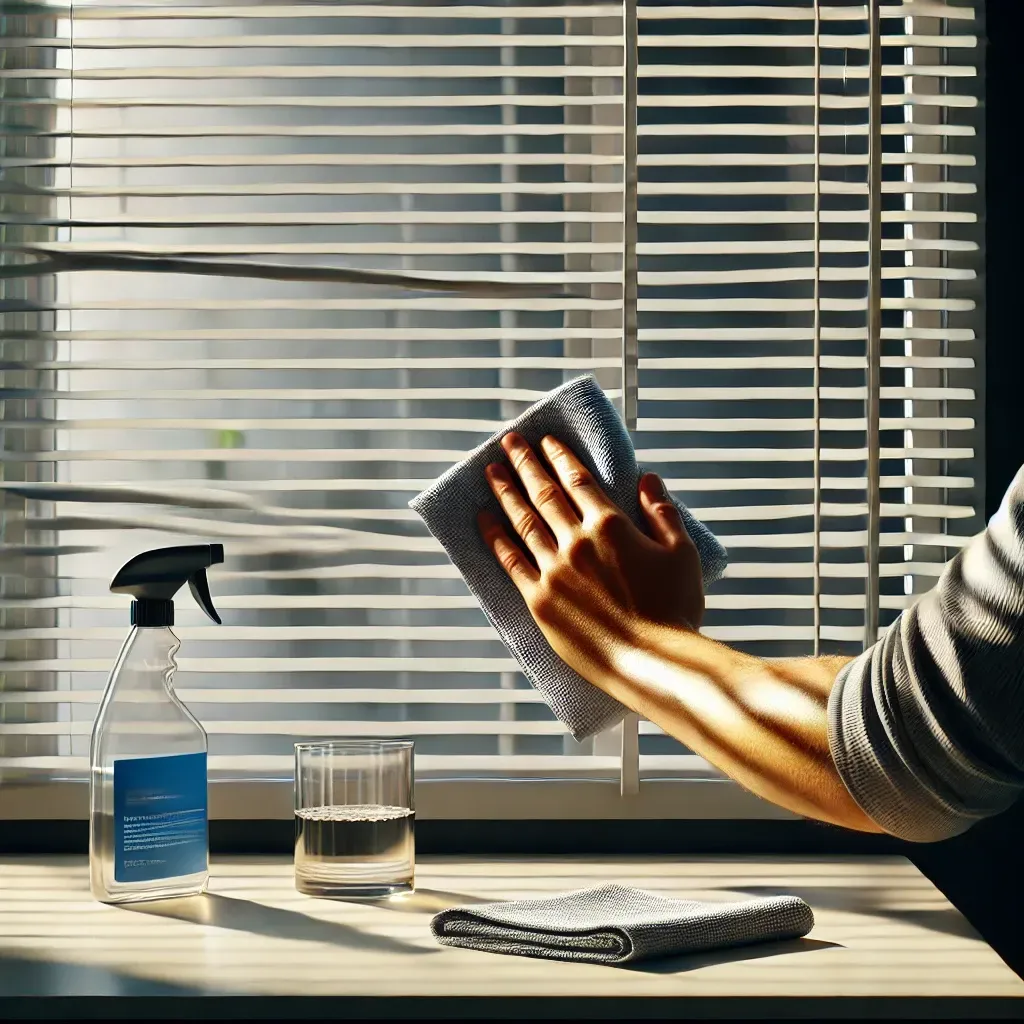
Stains are an inevitable part of life, especially for blinds located in high-traffic areas like kitchens or bathrooms. Addressing these stains as soon as they appear can prevent them from becoming permanent.
The Best Way to Clean Blinds with Minor Stains
For aluminum and PVC blinds, a simple solution of equal parts water and vinegar is highly effective at removing minor stains. Dip a microfiber cloth into the solution and gently rub the stained area until the stain is gone. For wooden or faux wood blinds, avoid using water altogether. Instead, opt for a cleaner specifically designed for wood, as excessive moisture can cause the wood to warp or discolor.
Special Considerations for Wooden Blinds
Wooden blinds require a gentler approach due to their sensitivity to moisture. Use a dry or slightly damp cloth to clean them, ensuring the cloth is not overly wet. There are specialized wood cleaners available that are safe for use on wooden blinds, which help maintain their natural luster while removing dust and dirt.
Tools for Tackling Tough Stains
For particularly stubborn stains, consider using a soft brush to gently scrub the area in a circular motion. Be careful not to apply too much pressure, which could damage the slats. Cotton swabs are also useful for cleaning hard-to-reach areas, such as around the headrail or between slats.
Step-by-Step Guide to Deep Cleaning Venetian Blinds
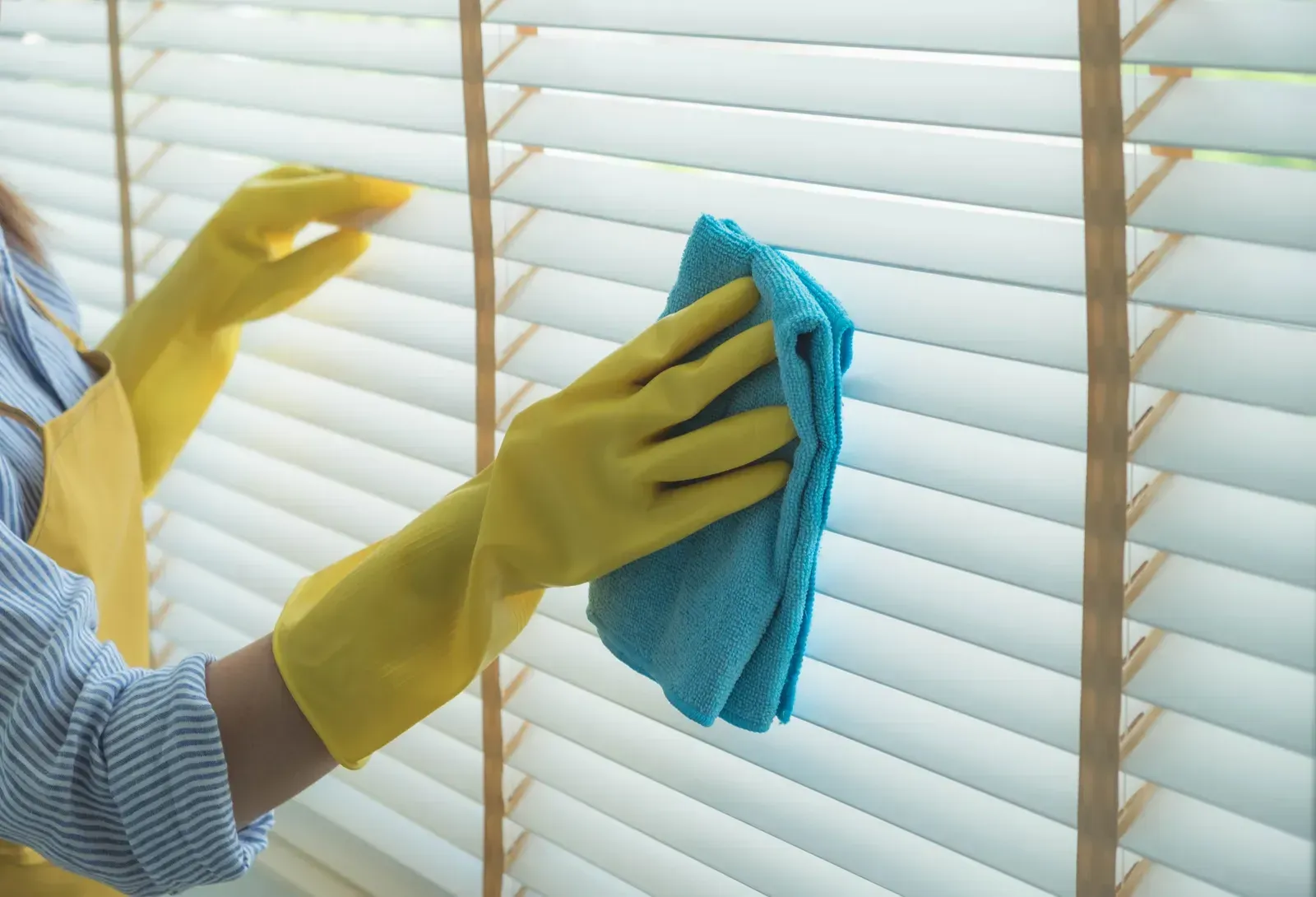
Deep cleaning is necessary when your blinds have accumulated significant grime or when regular cleaning no longer achieves the desired level of cleanliness. This process involves removing the blinds from their frame and thoroughly washing them.
Preparing Your Workspace for Deep Cleaning
Choose a suitable area for deep cleaning, such as a bathtub or an outdoor space with a garden hose. If cleaning outdoors, lay down a towel or cloth to protect the blinds from scratches. If using a bathtub, a rubber mat will prevent the blinds from scratching the tub’s surface.
How to Remove Blinds from the Window Frame
Carefully remove the blinds from their mounting according to the manufacturer’s instructions. For some blinds, this process is straightforward and may not require any tools, while others may need to be unscrewed or unclipped. Keep all hardware in a safe place to ensure an easy reinstallation.
Cleaning Techniques for Different Blind Materials
Once removed, lay the blinds flat on your prepared surface. Use a soft cloth or non-abrasive sponge with a mild detergent or a vinegar solution to clean each slat individually. Rinse the blinds thoroughly with clean water to remove any soap residue. For aluminum and PVC blinds, this process can be done quickly and effectively, while wooden blinds should be handled with care to avoid over-saturating the wood.
Drying and Reinstalling Your Blinds
After cleaning, it’s crucial to dry the blinds thoroughly to prevent water spots or damage. Use a dry cloth to remove most of the moisture, then allow the blinds to air dry completely by hanging them on a fence or over a shower rail. If you're in a hurry, you can use a hairdryer on a low heat setting. Once dry, carefully reinstall the blinds, ensuring all hardware is securely fastened.
Best Practices for Maintaining Venetian Blinds
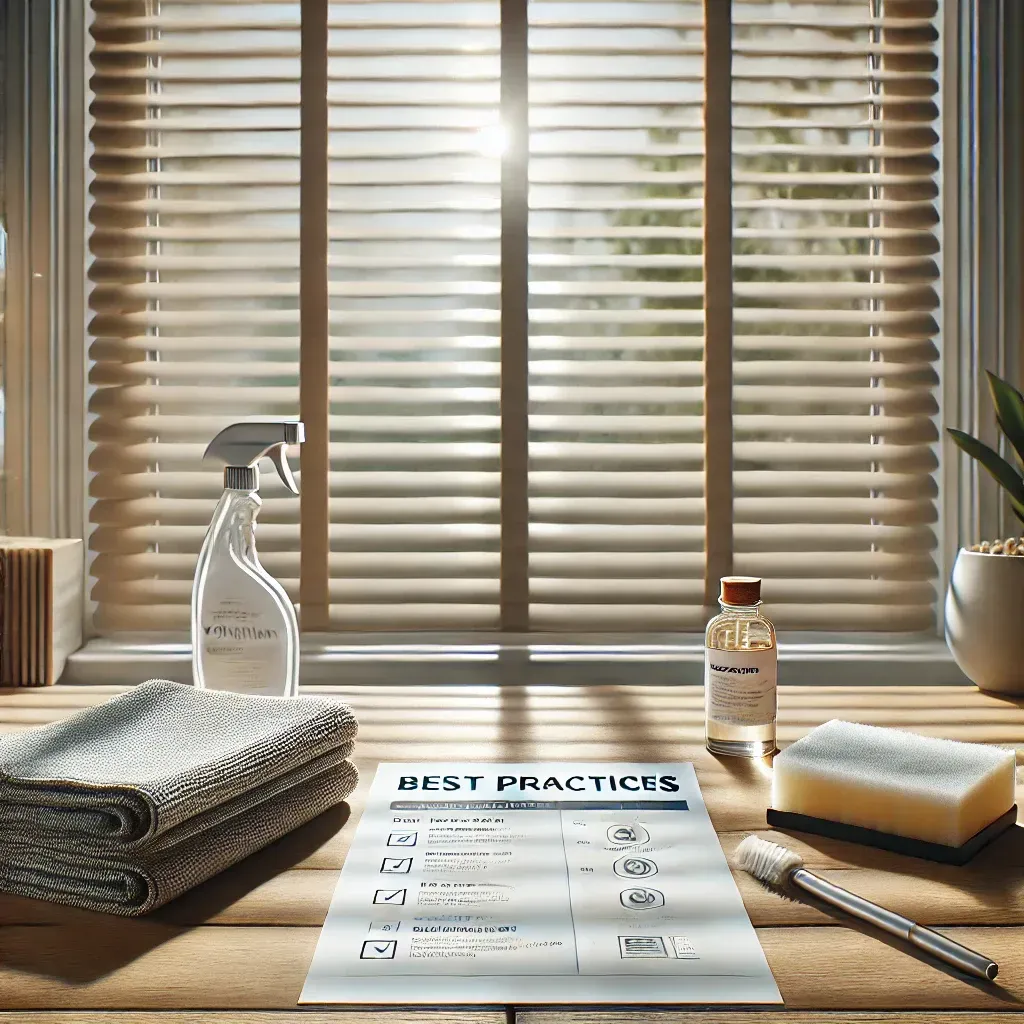
Maintaining your Venetian blinds is an ongoing process, but with the right routine, it doesn’t have to be daunting.
Regular Cleaning Routine
Incorporate both light dusting and occasional deep cleaning into your regular home maintenance schedule. This will keep your blinds in top shape and make each cleaning session less labor-intensive. A consistent cleaning routine also helps in extending the life of your blinds by preventing the build-up of dirt and grime.
Protecting Your Blinds from Damage
To avoid unnecessary damage, always handle your blinds with care, whether during cleaning or daily operation. Avoid harsh chemicals and rough cleaning tools that could scratch or warp the slats. Always follow the manufacturer’s care instructions to ensure the longevity of your blinds.



